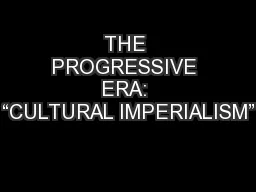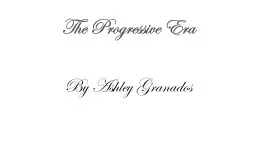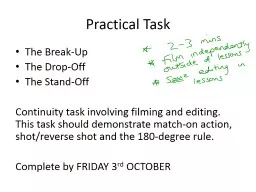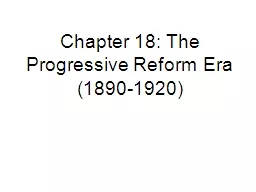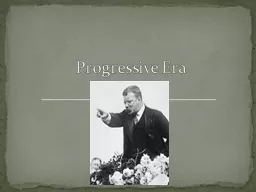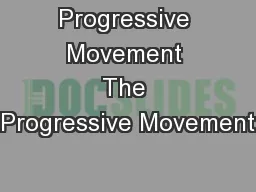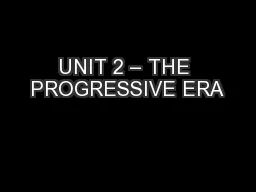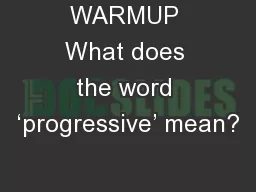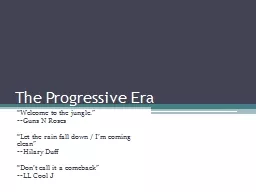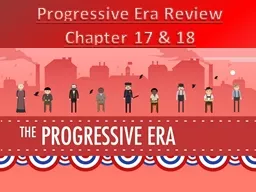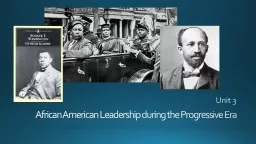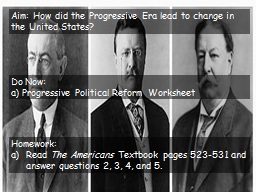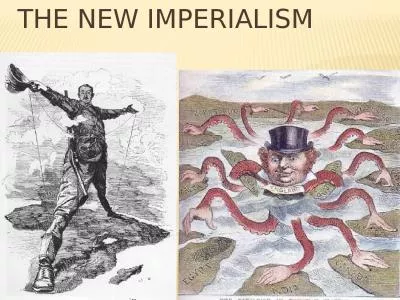PPT-THE PROGRESSIVE ERA: “CULTURAL IMPERIALISM”
Author : kittie-lecroy | Published Date : 2016-06-23
The Transformation of the American Republic and Society TABLE OF CONTENTS The Rise of the Progressives Who are they and what was their philosophy The Social Issues
Presentation Embed Code
Download Presentation
Download Presentation The PPT/PDF document "THE PROGRESSIVE ERA: “CULTURAL IMPERIA..." is the property of its rightful owner. Permission is granted to download and print the materials on this website for personal, non-commercial use only, and to display it on your personal computer provided you do not modify the materials and that you retain all copyright notices contained in the materials. By downloading content from our website, you accept the terms of this agreement.
THE PROGRESSIVE ERA: “CULTURAL IMPERIALISM”: Transcript
Download Rules Of Document
"THE PROGRESSIVE ERA: “CULTURAL IMPERIALISM”"The content belongs to its owner. You may download and print it for personal use, without modification, and keep all copyright notices. By downloading, you agree to these terms.
Related Documents

